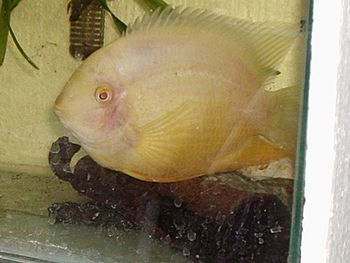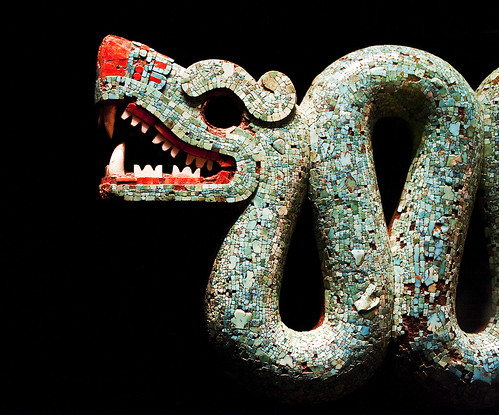 |
With the discovery of the most basic filtration systems, pumps, and aeration systems, aquarists have discovered the great difference brought about by these technologies. Greater appreciation was felt when the market made available the use of more upgraded filters, UV sterilizers, automatic fish food dispensers, water testing kits, water pH analyzers, flow meters, aquarium heaters, wave makers and a few more brilliant ideas that do make life easier for aquarium owners.
Of the many innovations in the fish keeping and aquarium maintenance tools, the fish tank gravel washer proves to be one of those that offers many advantages. An amazing tool that makes gravel cleaning very convenient, efficient, and gets things done in half the time you usually spend when doing it manually. Its mechanism works by removing dirt from the gravel while simultaneously performing water change without disturbing the gravel and tank decorations, sparing you from having to remove your tank's contents every water change. Not only it greatly helps keep your tank clean, it also saves you a lot of back-breaking work and time.
Another impressive innovation that is found very useful in tank maintenance is the fish tank sand filter. Unlike traditional filters commonly used in many tanks, this one utilizes sand as medium for bacteria settlement. The sand, which contains some good bacteria, is a vital part of the filter itself, breaking down harmful chemicals particularly ammonia and nitrite which are known bi-products of fish waste and food debris. The beneficial bacteria is said to convert these toxics to something more harmless called the nitrate. This mechanism is also found to greatly help maintain water clarity as well as improve the water quality.
Both useful equipments, the sand filter and gravel washer, could now be easily found in many local aquatic supply stores and many online places specializing in aquarium maintenance equipments. Each may come in many brands, and prices may vary according to its sophistication. Larger tanks would naturally need larger filters or greater washer capacity. Surely there would be newer tools that would offer the same benefits for your tank, your tank water and most especially to your fishes, such discoveries and innovations would always be welcomed by aquarists.
|






